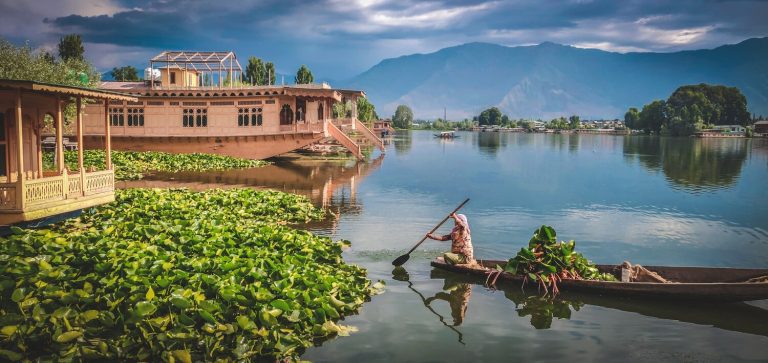
[ad_1]

SRINAGAR, Kashmir — There is a major spurt in the cases of drug addiction and substance abuse in Jammu-Kashmir, a region battered by conflict and violence since the 1990s.
According to the latest figures given in the Parliament, the region with a population of 14 million has almost 1 million drug addicts. The consequence of such a massive upswing in drug addiction has taken a heavy toll on a society pounded by conflict and political uncertainty.
At Sopore, 45 kilometers (28 miles) from Kashmir’s capital, Srinagar, anger has overtaken grief after a drug addict’s son strangled his elderly mother to death on March 30. The neighbors, in disbelief, are demanding strict punishment for 32-year-old Showkat Ahmad Ganie for murdering his 70-year-old mother, Ayesha Begum. They say Ganie was involved in drugs for 15 years.
The Sopore incident has sent shockwaves across the region. Militancy and long spells of unrest jolted the Kashmiri society, but such crimes were largely unknown.
“He was into drug addiction for a long time while working as a driver; he only left it briefly but only to resume it later. Last night after returning home from work he strangled his mother,” Ghulam Mohammad, a neighbour who took part in last rites of Ayesha said.
“Lots of youngsters in Kashmir have become drug addicts,” said Razia, who lives in the neighborhood. “We are urging the government to take action against them. The authorities routinely round up drug addicts, but later they are released. Why is it done?”
The Kashmir conflict
Kashmir, with an overwhelming Muslim population, acceded to India at the time of the subcontinent’s partition in 1947 rather than merging with Muslim-dominated Pakistan under a constitutional provision called Article 370 that allowed a semi-autonomous rule in Kashmir.
According to government figures, more than 47,000 people have lost their lives in Kashmir in the fight between militant separatists backed by Pakistan seeking separation from India and the Indian security forces.
Nearly 7 million people live in the Kashmir Valley, 97 percent of them Muslims. After militancy erupted in the early 1990s’ many Kashmiri Hindus fled for their lives and settled outside Kashmir in places like Jammu and Delhi.
On Aug. 5, 2019, in a sudden move, the Indian Parliament revoked Article 370, ending Kashmir’s autonomy. A strict lockdown coupled with a communication blockade was enforced in Kashmir. Hundreds of political workers and leaders were detained. Scores of youths were rounded up and sent to jails outside Kashmir under the Public Safety Act, a draconian law by which anybody in Kashmir can be detained up to two years without a trial.
Kashmir’s drug problem
Riyaz Ahmad (who’s name has been changed), a 25 year old from South Kashmir, has been a chronic heroin user for four years. He said drug addiction is widespread in Kashmir, and addicts like him are ready to beg, borrow or even steal to get their daily dose. His marriage next month is the motivation for him to get rid of drug addiction. But, the withdrawal symptoms are crushing.
“I used to take half a gram to one gram of heroin every day for $19,” he said. “Now I buy one gram of heroin for $75.
“I used to do odd jobs. After being addicted to heroin for two years, I went to a rehab for 10 days. But after giving up addiction for a couple of months, I again turned to my old ways upon meeting my friends. I have now blocked their phone numbers and don’t keep in touch with them. To leave drug addiction you have to necessarily leave the ecosystem that supports it. I had withdrawal symptoms like body pain and shivering. I couldn’t walk and had loose motions and vomiting.”
According to a survey by the Ministry of Social Justice and Empowerment, 108,000 males and 36,000 females were found to be using cannabis in Jammu-Kashmir. Meanwhile, 534,000 males and 8,000 females were using opioids, and 160,000 males and 8,000 females were using various sedatives. A significant number of males and females were also addicted to cocaine, amphetamine-type stimulants and hallucinogens.
[ad_2]
Source link